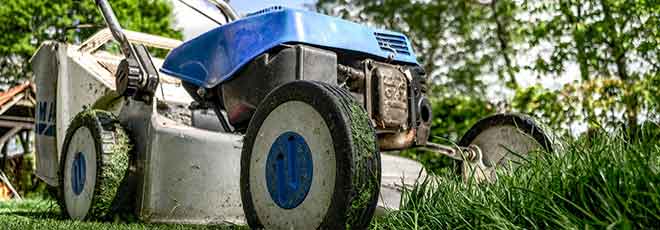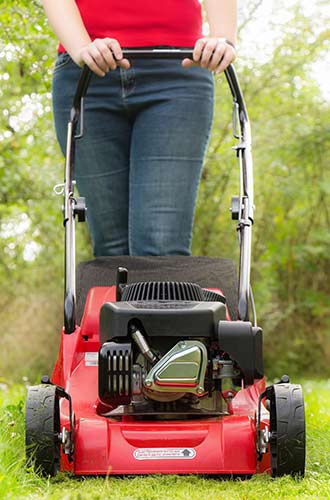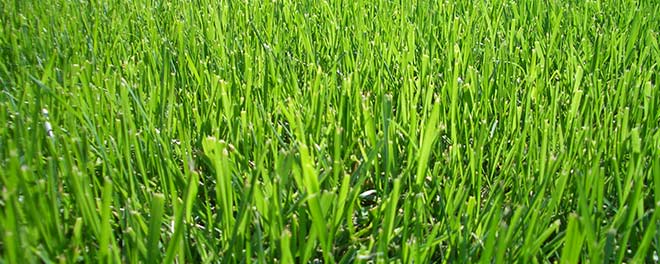
With the winter over, warmer weather in our midst and the school year coming to close thousands of homeowners, and their children, across the U.S. will undertake a familiar chore – mowing the lawn.
The lawn mower is a great tool for helping to maintain your property but it’s important to keep in mind they are dangerous and are the cause of many preventable injuries.
Lawn Mowers are Dangerous:
- Lawn mowers can eject a piece of metal or wood up to 100 miles per hour.
- The energy transferred by a typical lawn mower blade is equivalent to being shot in the hand with a .357 magnum pistol.
Lawn Mower Injuries:
- From 2012 – 2014, an average of 36,000 people were treated in hospital emergency rooms for walk-behind power mower injuries.
- Children are involved in some 68,000 mower injuries in the U.S. each year. These injuries include deep cuts, burns, loss of fingers and toes, crushed and broken bones, and even amputations.
Stay Safe With These Lawn Mower Safety Tips:
 CPSC offers these suggestions for the safe use of rotary lawn mowers
CPSC offers these suggestions for the safe use of rotary lawn mowers
- Fill the fuel tank before starting the engine to cut the lawn. Never refuel the mower when it is running or while the engine is hot.
- Check the lawn for debris (twigs, rocks and other objects) before mowing the lawn. Objects have been struck by the mower blade and thrown out from under the mower, resulting in severe injuries and deaths.
- Don’t cut the grass when it’s wet. Wet clippings will probably clog the discharge chute, ultimately could jam the rotary blade and shut down the engine. When you need to remove clippings from the chute, the rotary blade must be stopped.
- Wear sturdy shoes with sure-grip soles when using the mower, never sneakers, sandals or with bare feet. Slacks rather than shorts offer better protection for the legs. Never allow young children to operate a power lawn mower.
- Children should not be allowed on or near the lawn when the rotary mower is in use. Push the mower forward, never pull it backward.
- If the lawn slopes, mow across the slope with the walk-behind rotary mower, never up and down. With a riding mower, drive up and down the slope, not across it.
- Don’t remove any safety devices on the mower. Remember that the safety features were installed to help protect you against injury. Check safety features often and repair or replace if needed.
- With an electric mower, organize your work so you first cut the area nearest the electrical outlet, then gradually move away. This will minimize chances of your running over the power cord and being electrocuted.
- Read the owner’s manual to become familiar with the workings of the machine. Keep the manual in a safe place so it will be handy when you need it the next time.
- Check the manual for hints on performing routine maintenance, checking engine oil levels and fluid in powered wheel drives, and performing maintenance when the mower is stored during the off-season.

Sources:
- Consumer Reports
- Product Safety Commission
- American Academy of Pediatrics (AAP)
- According to the American Academy of Orthopedic Surgeons


